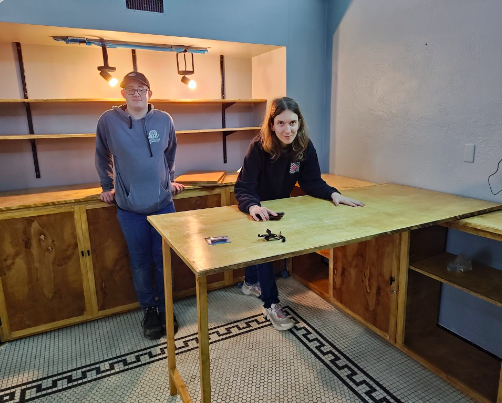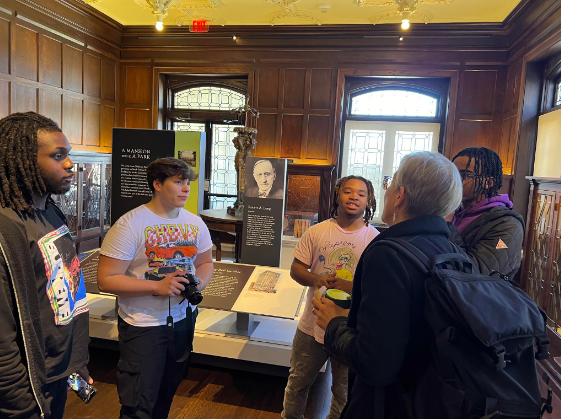Building Strong Client Relationships
Written by: Andrew Smithson, Fort Osage High School
In the dynamic landscape of business, maintaining strong client relationships is crucial for the success of any project. Whether you’re a freelancer, a small-business owner, or part of a large corporation, keeping clients happy is a fundamental aspect of fostering trust, securing repeat business, and garnering positive referrals. In this blog post, we’ll explore key strategies to ensure client satisfaction and success in a client-connected project.
One of the most critical elements of a successful client-connected project is transparent and open communication. This requires regularly updating clients on project progress, sharing important milestones, and being proactive in addressing any concerns. Establishing a clear line of communication builds trust and ensures that clients feel involved, informed, and valued throughout the entire process.
One of the most critical elements of a successful client-connected project is transparent and open communication. Regularly update clients on project progress, share important milestones, and be proactive in addressing any concerns. Establishing a clear line of communication builds trust and ensures that clients feel involved, informed, and valued throughout the entire process.




From the onset of the project, it’s essential to set realistic expectations with your clients. Be transparent about timelines, potential challenges, and the scope of work. Overpromising and underdelivering can lead to disappointment and dissatisfaction. It’s important to remember that your project is about providing a valuable learning experience for students. Although tangible benefits to the client are great, there is a real possibility that the students’ outcomes will not be usable, and the client needs to understand that from the beginning
Take the time to actively listen to your clients’ needs and concerns. A client may have reservations about working with students, frequently surrounding their responsibility to provide critical feedback. Listen to those reservations and give whatever advice and support you can—the client is an expert in their field, but you are the expert on working with students.
Make sure you’re also providing the client with ample support and feedback. Client-connected projects can bring challenges different from those in standard classroom settings. Progress can be slower than expected, students might struggle with unexpected project components, or inclement weather can cause unforeseen delays. Make sure you get the clients’ input when addressing setbacks or delays—does their schedule allow for delays, or do they have a hard end date that might necessitate other adjustments? When issues arise, make sure to address them promptly and proactively.
Most importantly, you need to build a relationship and not just conduct a transaction. Go beyond the project and connect with your client. Build a genuine relationship among you, your client, and your students. If your students’ end product is usable by the client, then they have gained something from the process. If it isn’t, make sure that you communicate the value of the project from your perspective. Either way, don’t allow the project to feel like a time-sink. Make sure its value is apparent. Have your class create some sort of thank you for the client as well, whether a small gift, a card, a video, or something else. Personal connections can be just as important as professional ones, and for many clients, it’s that personal touch that will convince them to come back for more projects in the future.
In a client-connected project, the key to success lies in fostering strong relationships built on open communication. By consistently implementing these strategies, you not only keep your clients happy but also position yourself for long-term success in your professional endeavors. Remember, a satisfied client is not just a one-time transaction but the foundation for a lasting and fruitful partnership.
